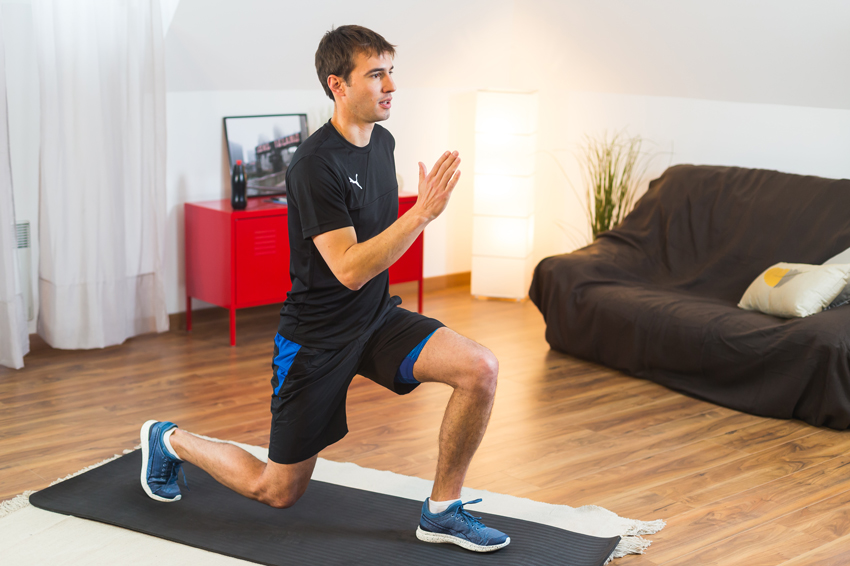It’s a hot topic that’s polarizing the fitness sphere: should you be training to failure? Some people think that if you want to get stronger with more muscle mass, you need to push yourself to muscle failure. Others say that this strategy exhausts your nervous system and hinders your recovery. As usual, the truth lies somewhere in between and the FizzUp trainer is here to shed some light on the issue.
In strength training, the term “muscle failure” is used to describe what happens when you repeat an exercise to the point that your muscles momentarily give out because of nervous or physical fatigue.
You experience muscle failure when you can’t finish another repetition while doing a set. For instance, if you’re trying to do 10 push-up repetitions but you can’t complete the 9th, then you’ve experienced muscle failure during the 9th repetition.

In most cases, for optimal progress, you should stop about 1 to 2 repetitions before muscle failure sets in, making sure to keep your body in the right position for the exercise. So if you’re trying to do 10 repetitions but the 9th is the last one you can do correctly, stop. Spare yourself a repetition and go further next time. This is the key to making progress over time, not aimlessly pushing yourself to your absolute limit.
Once you’ve learned how to do an exercise correctly, it’s important to know the difference between two types of failure:
To keep making progress over time, you should stop once you hit technical failure (when your posture starts to weaken). There are many benefits to this approach:
If you push yourself to absolute failure, your last few repetitions will always be poorly executed, which means that over time, your nervous system will engage muscles that will change the exercise in and of itself. Eventually, this will change the pattern of correct movements by incorporating faulty motor sequencing. The most important thing to remember is that PERFECT (and not easy) practice makes perfect.

Using poor technique can lead to biomechanical problems faster than you think, often resulting in injury and causing you to stagnate. It’s much harder to break a bad habit than to simply create good ones.
Don’t train to failure… train to success!
Some people see it as a sign of will and determination, but in the long run, it’s a mistake. Here’s the golden rule: stop when you feel your technique starting to fail. For example, when you stop engaging your abs when you do a squat, when you use a small range of motion when you do pull-ups, when you point your knees inward when you jump, when you move your elbows too much when you do bicep curls, etc.
This doesn’t mean that you can’t or should never push yourself to absolute failure, but you should only use it safely under special circumstances.
Sometimes, training to failure is okay if you only use it every once in a while. As long as you’ve thoroughly understood and mastered this method, it doesn’t pose a risk to the progress you’re making.
It’s a highly effective technique if your goal is to gain muscle mass and works really well for exercises you can do many repetitions of using a light load because of the close ties between muscle failure and low-intensity muscle activation. Reaching absolute failure helps you tire out a muscle enough to stimulate its growth.

Still, absolute failure should be used wisely in order to maximize muscle adaptation and avoid overtraining, especially for:
In short, doing as many repetitions as it takes to reach absolute failure once or twice a week isn’t dangerous down the road, especially if you need a way to measure your progress. Get the best of both worlds and make better progress when you push 10 to 20% of your sets to absolute failure, and the rest to technical failure.
To sum up, try do every repetition with perfect technique until it starts to give way. In other words, continue the set for the number of repetitions the trainer gives you in the FizzUp app as long as you’re doing each rep with the correct technique. If you can’t reach the number of repetitions you’re given, stop the set when you feel your technique starting to worsen and take a break before you continue the set.
Join the 7 million users already registered on FizzUp
Join us